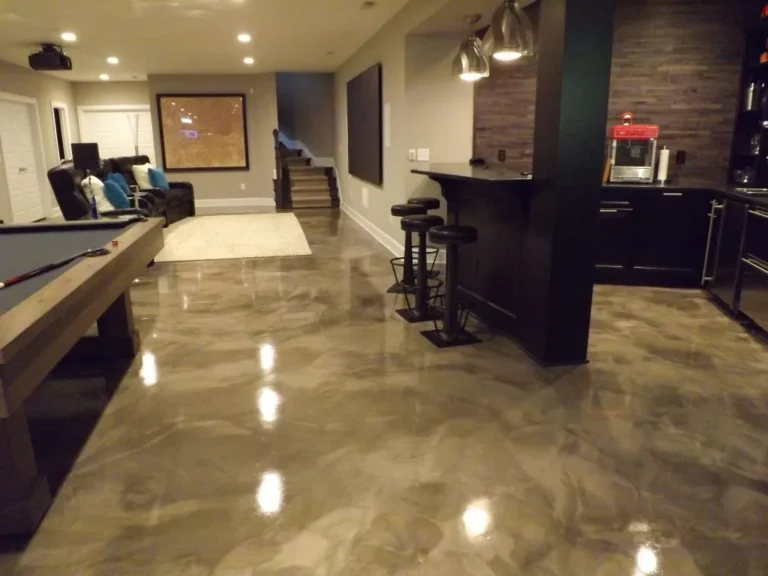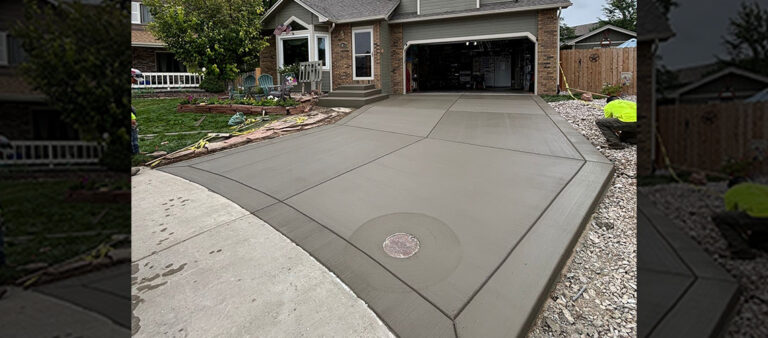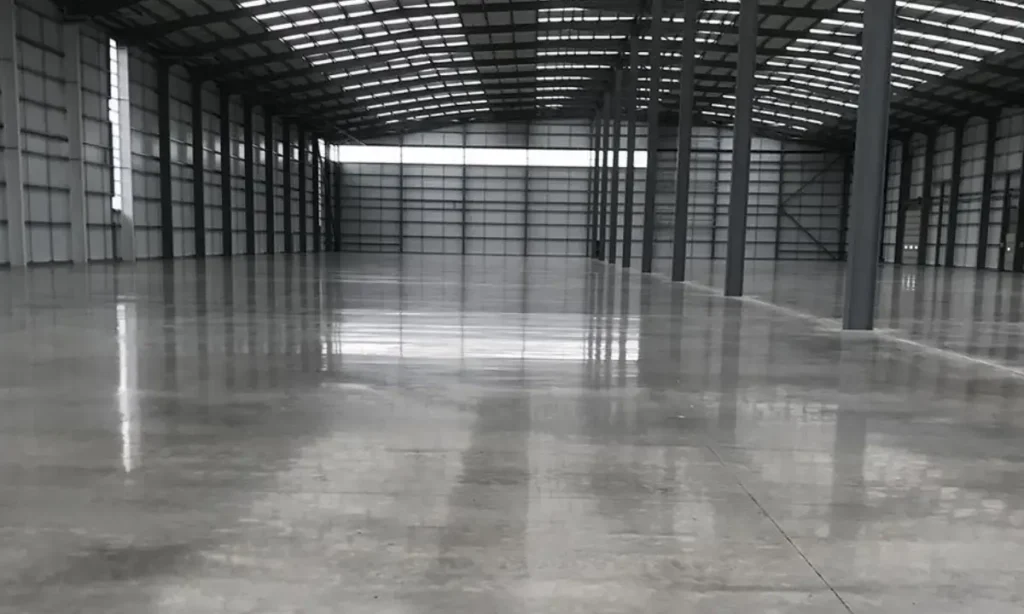Cement vs Concrete
Cement and concrete are fundamental materials used in construction. They have been utilized for thousands of years, and have been instrumental in the development of modern infrastructure. Cement, in its basic form, is a binding agent that when combined with water and aggregates forms concrete. Concrete is known for its strength, durability, and versatility, making it a popular choice for various types of construction projects such as buildings, bridges, roads, and dams.
Due to its ability to be molded into different shapes and forms, It is also known for its ability to withstand extreme weather conditions and last for many years. Cement and concrete are essential components in the construction industry, providing the backbone for many of the structures that shape our built environment.
What is Cement?
Cement is a magical powder that when mixed with water, transforms into a strong and durable adhesive that holds together the building blocks of our modern world. With the advancements in technology, it has become even more versatile and adaptable to different construction needs.
There are several different forms of cement, each with its own unique properties and composition. Some of the most common forms of cement include:
Portland Cement:
Is a mixture of limestone and clay, ground to a fine powder and it is commonly used in construction projects as it provides a strong and durable material.
White Cement:
A blend of raw materials similar to Portland cement but with a very low iron and manganese content, this is what gives the cement its light color and it is Primarily used in decorative and architectural applications due to its light color.
Blended Cement:
It’s a combination of different types of cement such as Portland cement, fly ash and slag, and is used to achieve specific properties, such as increased strength, improved workability, or reduced heat of hydration.
Low Heat Cement:
This type of cement is specially formulated cement that generates less heat during setting and hardening therefore it is used in large concrete structures where the heat generated during setting causes cracking.
Sulfate Resistant Cement:
It is a blend of raw materials similar to Portland cement but with a lower content of tricalcium aluminate and a higher content of dicalcium, and silicate and will be used in construction projects where the concrete will be exposed to sulfates in soil or water.
High Alumina Cement:
Is a blend of bauxite and limestone, ground to a fine powder which is used in construction projects where high heat resistance is required, such as furnace linings and refractory bricks.
What is Concrete?
Concrete is a versatile and durable material that forms the backbone of our modern infrastructure. It is made by mixing cement, water, and aggregates such as gravel and sand. The combination of these ingredients creates a strong and solid material that can be shaped and molded into various forms. From bridges and roads to buildings and monuments, concrete is used in an array of construction projects worldwide.
There are different types of concrete used worldwide depending on the specific needs of a construction project.
Regular Concrete:
A mixture of cement, water, and coarse and fine aggregates. It is most commonly used in construction projects as it provides a strong and durable material.
High-strength Concrete:
A mixture of cement, water, coarse and fine aggregates and with a higher compressive strength than regular concrete. This mixture is used in projects where high loads and stress are expected, such as high-rise buildings, bridges, and heavy-duty industrial floors.
Lightweight Concrete:
A mixture of cement, water, and lightweight aggregates such as pumice, scoria, or expanded clay.Used in projects where weight reduction is a priority, such as in precast concrete, roof decks, and lightweight fill.
Self-compacting Concrete:
A mixture of cement, water, coarse and fine aggregates, and superplasticizers are used in specific applications where the regular concrete is unable to flow, such as in the construction of bridges, precast elements, and tight reinforced sections.
Fiber-reinforced Concrete:
A mixture of cement, water, coarse and fine aggregates, and fibers such as steel, polypropylene, or glass fibers. it is used in construction projects to improve strength and toughness, such as in precast concrete, shotcrete, and in slab on grade.
High-performance Concrete:
A mixture of cement, water, coarse and fine aggregates, and additional ingredients such as silica fume, fly ash, and high-range water reducers. that is used in construction projects where high strength, durability, and low permeability are required, such as in nuclear power plants, bridges, and marine structures.
It’s worth noting that each type of concrete can be adjusted to meet the specific needs of the project, by adjusting the composition of ingredients, the water-to-cement ratio, and the curing process.
Cement vs Concrete: The Main Difference
Both cement and concrete are essential materials in the construction industry and each has its own unique properties and uses. Cement is a powdery substance that is used as a binding agent to hold together other materials and create a solid structure. Concrete, on the other hand, is a composite material made up of cement, water, and aggregates such as gravel and sand.
It is a strong and durable material that is used as a structural material in construction projects. Cement may be the better option to use when building something, such as when making mortar for bricklaying or making grout for tiles and filling gaps. Cement is also used as an adhesive to hold together other materials and create a solid structure.
Concrete, on the other hand, is commonly used in construction projects such as building foundations, roads, bridges, and skyscrapers. It is also used in the construction of dams, retaining walls, and many other structures. Concrete is known for its strength, durability, and versatility, making it a popular choice for various types of construction projects.
However, in most cases, cement and concrete are used together in construction projects. The combination of cement and concrete creates a strong and durable material that can withstand the stress and weight of construction projects.
Conclusion – Cement vs Concrete
Cement and concrete are related materials, but they are not the same thing. Cement is a powdery substance made from a mixture of minerals, which is used as a binding agent in concrete. Concrete is a mixture of cement, water, and aggregate (such as sand and gravel) that is used to make various structures and surfaces. While cement is an important ingredient in concrete, it is not the only component and should not be used interchangeably with concrete.
If you want professional concrete service Contact Hugo’s Concrete for professional service.




